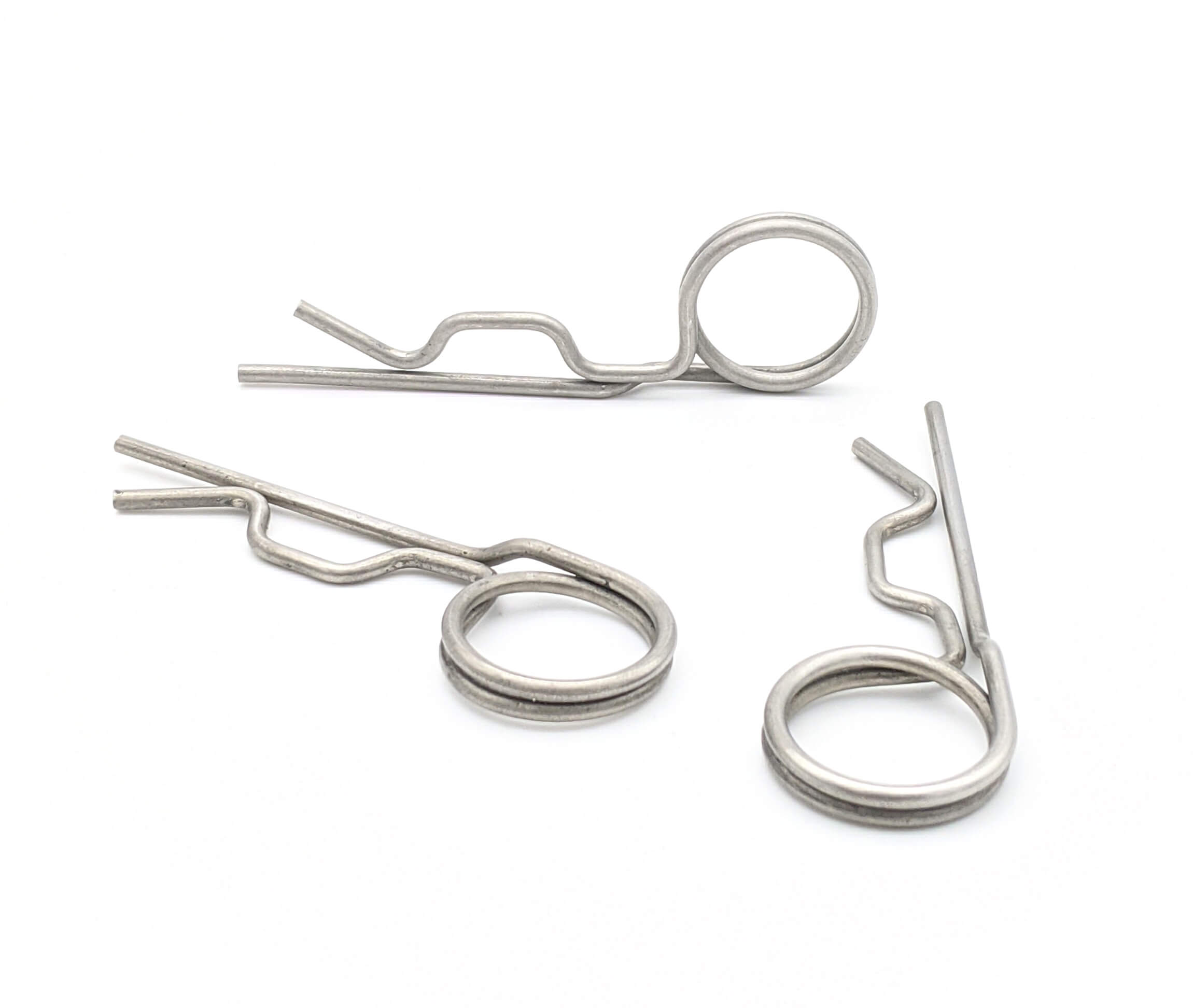Get unique, complex parts easily. No matter your requirements, Chaoyi Spring creates hard-to-produce coil springs and wire forms.
Let us help you create the custom wire form you need, from S-hooks and J-hooks to utility hooks and more.
We work closely with customers across a wide range of industries, helping them design and manufacture made-to-order parts.
Why choose Chaoyi Spring? We prioritize customer-focused collaboration, modern equipment and the latest technology to make your parts per print.
Find the information and guidance you need, from measuring a spring to learning about materials, placing an order and much more.
Torsion springs, often unseen but always working, are essential components in countless everyday objects. From the smooth opening of a door to the delicate movement of a watch hand, these


Torsion springs, often unseen but always working, are essential components in countless everyday objects. From the smooth opening of a door to the delicate movement of a watch hand, these twisting powerhouses play a crucial role in our world. This article delves into the fascinating world of torsion springs, exploring their design, types, applications, and the physics behind their operation.

Unlike their compression and extension counterparts, torsion springs operate on a different principle: twisting. Imagine a tightly wound coil of wire that, when you apply a force to one end, twists around its axis. This twisting motion stores energy within the spring, and when released, the spring unwinds, generating a restoring torque. It's this unique ability to twist and release energy that makes torsion springs so versatile.
The key to understanding torsion springs is their 'spring rate,' which represents the amount of torque generated per unit of angular deflection. A high spring rate signifies a stiff spring that requires more force to twist, while a low spring rate indicates a flexible spring that twists easily. This rate is crucial in determining how a torsion spring will behave in its application.
Torsion springs come in various shapes and sizes, each tailored to specific applications. Some common types include:
The choice of spring type depends largely on the application's requirements in terms of torque, deflection, and space constraints.
Torsion springs are ubiquitous, silently performing their tasks in countless devices and systems. Here are a few examples:
These are just a few examples; the ingenuity of torsion spring applications is limited only by the imagination of engineers.
The behavior of torsion springs is governed by basic physics principles. The key concept is the relationship between torque, angular deflection, and the spring's rate. When a torque is applied to a torsion spring, it twists through an angle, and the spring exerts an opposing torque proportional to the angle of twist.
The formula for calculating the torque (T) generated by a torsion spring is:
T = k * θ
Where:
This formula demonstrates the linear relationship between torque and angular deflection, making torsion springs predictable and reliable components for various applications.
Selecting the appropriate torsion spring for a particular application is crucial for optimal performance. Here are key factors to consider:
Consult with a spring manufacturer or an engineer to ensure you choose the correct torsion spring for your specific needs.
Torsion springs are silent workhorses that play a vital role in our everyday lives. From the simple act of opening a door to complex industrial machinery, these twisting powerhouses bring efficiency and precision to countless applications. By understanding their design, types, and the physics behind their operation, we can appreciate their importance and marvel at their seemingly simple yet crucial role in our world.
As technology continues to evolve, torsion springs will undoubtedly continue to be essential components in a myriad of innovative designs and applications. Their versatility and reliability make them indispensable for engineers and designers seeking to create efficient, functional, and elegant solutions across various industries.
Browse some of the custom wire forms and springs that we manufacture. Don’t see what you need? We specialize in made-to-order products that meet your application requirements.
Visit Our GalleryNeed a custom wire form or coil spring? We make it work. Fill out the contact form and a representative will respond within 1 business day. If you have a PDF or CAD file, you can submit to request a quote.